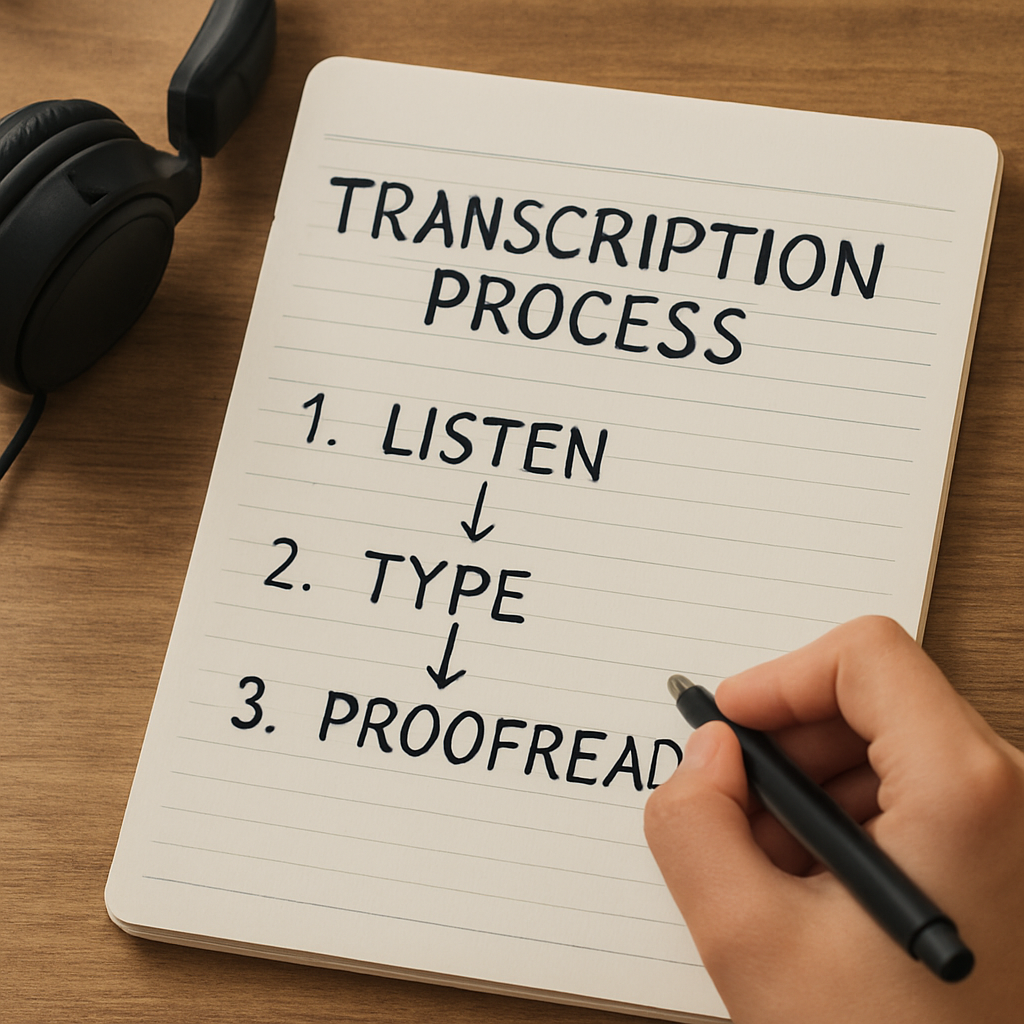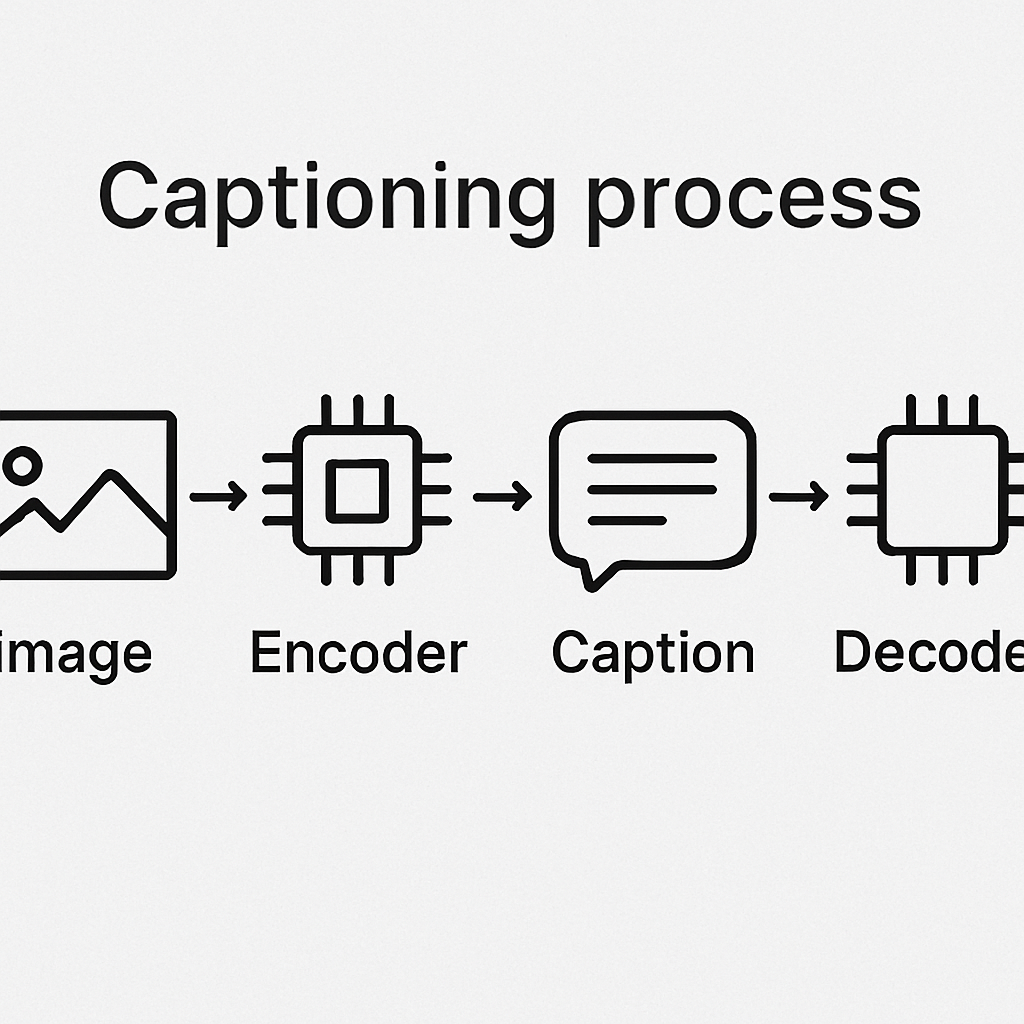
Transcription involves converting spoken language into written text. This process is essential for creating text records of audio content, such as interviews, meetings, podcasts, and speeches. It provides a verbatim account of spoken words, preserving the original language and tone used by the speakers. Transcription can be manual, where a person listens to the audio and types it out, or automatic, using software that converts speech to text. Both methods have their advantages, with manual transcription often yielding higher accuracy, while automated transcription offers speed and convenience.
Benefits of Transcription
1. Enhanced Accessibility
Transcription makes audio content accessible to individuals who are deaf or hard of hearing. By providing a written version of the content, you ensure that everyone can access the information. This inclusivity is not just a moral imperative but also a legal requirement in many jurisdictions, where providing accessible content is mandated by laws like the Americans with Disabilities Act (ADA).
2. Improved Comprehension
Transcripts can help users better understand complex information. Reading alongside listening can reinforce comprehension and retention of the material. This dual-mode learning approach caters to different learning styles, making it easier for users to grasp and remember complex topics or unfamiliar jargon.
3. Searchability
Text documents are easier to search and index than audio files. Transcripts allow users to quickly locate specific information within a lengthy recording. This feature is invaluable for researchers, students, and professionals who need to reference specific parts of a conversation or lecture without listening through hours of content.
Transcription Accuracy
Accuracy is a critical factor in transcription. Manual transcription typically offers higher accuracy, especially for content with technical language or multiple speakers. This precision is crucial in fields like legal, medical, or technical industries where errors can lead to significant misunderstandings. However, advanced transcription tools have made significant strides in improving the accuracy of automated transcriptions. These technologies often incorporate machine learning algorithms to adapt and improve over time, offering a balance of speed and accuracy.
What is Captioning?

Captioning involves displaying text on a screen to represent the audio portion of a video. This text includes not only dialogue but also important sound effects and speaker identification, providing a comprehensive understanding of the audio content. There are two primary types of captioning: open and closed. Open captions are always visible and cannot be turned off, while closed captions can be toggled on or off by the viewer. This flexibility allows users to customize their viewing experience according to their needs.
Captioning Benefits
1. Accessibility
Captioning is vital for making video content accessible to individuals who are deaf or hard of hearing. It provides a visual representation of the audio, including dialogue and important sound effects. This comprehensive representation ensures that users with hearing impairments receive the full context of the video content, aligning with accessibility standards and legal requirements.
2. Viewer Engagement
Captions can increase viewer engagement by allowing users to follow along more easily. This is especially beneficial in noisy environments or when the audio quality is poor. Captions also support viewers who may not be native speakers of the language, enabling them to better understand and engage with the content.
3. Language Learning
Captioning can aid language learners by providing visual text that matches the spoken word. This can help improve vocabulary and pronunciation. Watching videos with captions can also expose learners to colloquialisms and cultural nuances, enriching their understanding and fluency in a new language.
Closed Captioning vs. Live Transcription
Closed captioning is typically pre-prepared and synchronized with the video, ensuring accuracy. This preparation allows for meticulous editing and timing adjustments to match the visual content perfectly. Live transcription, on the other hand, is generated in real-time, often during live broadcasts or virtual meetings. While live transcription offers immediacy, it may lack the precision of closed captioning due to the constraints of real-time processing. The choice between the two depends on the nature of the content and the importance of accuracy versus immediacy.
Captioning vs. Transcription: Key Differences
While both transcription and captioning convert speech to text, their applications and formats differ significantly. Transcription is primarily used for creating text documents of audio content, while captioning focuses on synchronizing text with video. Understanding these differences is crucial for selecting the right approach for your content, ensuring that you meet your audience’s needs effectively.
Audio Transcription vs. Video Captioning
- Audio Transcription: Involves creating a text version of spoken content without any accompanying video. It’s ideal for podcasts, interviews, and lectures where video is not available or necessary. Transcripts can also serve as valuable resources for creating derivative content, such as blogs or articles, increasing the reach of your audio content.
- Video Captioning: Involves displaying text on a video screen to represent the audio content. It’s essential for making video content accessible and enhancing viewer engagement. Captioning can also improve SEO for video content by providing text for search engines to index, potentially increasing discoverability.
Tools and Services for Transcription and Captioning

Transcription Tools and Services
Several tools and services are available to assist with transcription. Some popular options include:
- Otter.ai: Offers automated transcription with features like speaker identification and the ability to edit transcripts. Its AI-driven platform adapts to your voice, improving accuracy over time, and offers integrations with popular productivity tools.
- Rev.com: Provides professional transcription services with high accuracy. Their human transcribers ensure precision, particularly useful for content requiring high fidelity, such as legal or medical transcriptions.
- Google Docs Voice Typing: A free tool for basic transcription tasks. It’s a great option for those looking for a simple, cost-effective solution, especially for personal use or small-scale projects.
Captioning Services
For captioning, you have a variety of options, from do-it-yourself tools to professional services:
- YouTube Automatic Captions: Offers a free, automated captioning service for videos uploaded to YouTube. While convenient, it often requires manual editing for accuracy, making it suitable for non-critical content.
- CaptionSync: Provides professional captioning services with a focus on accuracy and synchronization. Their service caters to educational and corporate clients, ensuring compliance with accessibility standards.
- Amara: A collaborative platform that allows users to create captions for videos. It supports multiple languages, making it ideal for global audiences and community-driven projects.
When to Use Transcription vs. Captioning
Deciding between transcription and captioning depends on your content and audience needs. If your goal is to provide a text document of audio content for accessibility or searchability, transcription is the way to go. This approach is particularly effective for content that is primarily audio-based, such as podcasts or audiobooks. However, if you’re working with video and want to enhance accessibility and engagement, captioning is the better option. This method not only aids viewers with hearing impairments but also supports those in environments where audio cannot be played.
Considerations for Choosing the Right Service
- Audience Needs: Consider whether your audience requires text for accessibility or engagement. Understanding your audience’s preferences and requirements is crucial for delivering a satisfactory experience.
- Content Type: Determine if your content is audio-only or video. This distinction will guide you in selecting the appropriate service that aligns with the nature of your content.
- Budget: Assess the cost of manual services versus automated tools. While manual services offer higher accuracy, automated tools provide speed and cost-effectiveness, making them ideal for different scenarios.
Conclusion
Understanding the differences between transcription and captioning is essential for anyone working with audio or video content. Both services play a crucial role in enhancing accessibility and engagement, but they serve different purposes. By choosing the right tool or service for your needs, you can ensure that your content is accessible to a broader audience and meets the highest standards of quality. In summary, transcription provides a written record of audio content, while captioning synchronizes text with video. With the right approach, you can enhance the accessibility and effectiveness of your content, ensuring it reaches and resonates with your intended audience. As digital content continues to grow, leveraging these tools will be vital in maintaining relevance and inclusivity in your content strategy.


